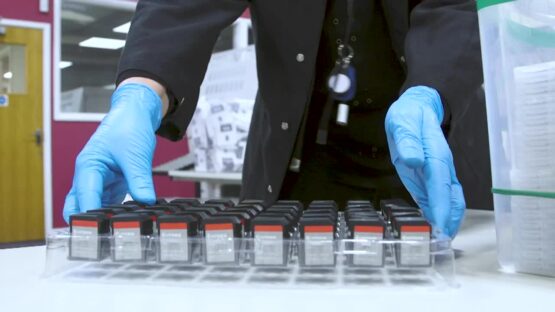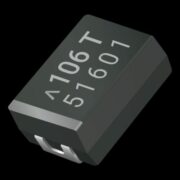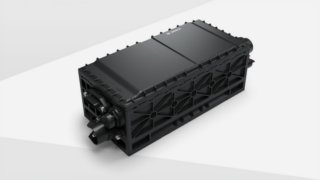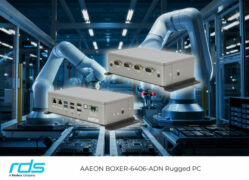Paul Norbury, CEO Cardwave
Flash memory is a key component of many of the products we use every day. It holds information in our TV handset and our washing machines. It’s the storage medium on our smartphones. We use it in our digital cameras. In industry flash memory plays a key role in many sectors, from manufacturing to healthcare. Professional film makers capture their work on it. The military and engineering firms use it in what can be very harsh and demanding situations. The list continues…..
Different sectors have different requirements of their flash memory. In some cases it needs to withstand extremes of heat, cold, humidity, or vibration. In some cases it needs to be assured for quality – and industrial grade flash has far higher quality standards than consumer grade.
Specifying flash as a component in a product requires hitting the quality threshold just right. Underspecify and BOM cost will be lower but the flash memory might not be up to the job. Overspecify and BOM costs will be unnecessarily inflated. Understanding the nuances can be tricky, and it is always advisable to work with a specialist.
Making the grade – a primer
Flash memory is made on a thin, circular slice of semiconductor called a wafer. The wafer is divided into dies, each one being a piece of flash memory. The quality of dies on any one wafer can vary enormously, and each die has to be tested and graded before it can be used. A number of different tests are applied, and a wafer map is produced that indicates the grading of each individual die.
There is always variability in the dies on any wafer, and that’s inevitable because of the complexity of the manufacturing process, which involves lots of different components. It might sound like a strange analogy, but making a wafer is a little bit like cooking a pizza at home. The edges tend to cook faster than the centre, and can become crispy. A flash wafer has a similar property, and dies on the edges tend to perform less well than those at centre.
Different manufacturers take different approaches to how they sell the dies that they produce. For some a common route is to bulk sell of all the dies that don’t meet their standards to a broker. This generates good income, and those dies can end up in products that don’t need to be of a rigorously high or even necessarily uniform standard. Primarily these will be consumer products.
The challenge really comes into play when sourcing high quality industrial grade flash memory. Different manufacturers use different methods to classify their wafers, and there are no internationally agreed standards. This can make it difficult for buyers to be sure they’re sourcing the right quality of flash for their specific and demanding product or use case.
Call in the experts
A wrong choice of flash memory can be expensive. For example, look at the recent Tesla car recall. This is where an expert partner comes into their own.
At Cardwave we have many years’ experience of sourcing and provisioning flash memory on behalf of our customers, and we have built up great relationships with manufacturers and suppliers. We understand the nuances of card manufacture, and we have many satisfied customers among leading global brands, including some of the world’s best known car makers.
We take our role as intermediary between customer and flash memory supplier very seriously, and we ask customers questions they may not have thought of, so we can gauge the demands they’ll place on their flash memory and make the best suggestions to them. We’ve had our fair share of saving customers from certain disaster by helping them review their flash memory specification, and we’re proud of that.
For further information visit www.cardwave.com










